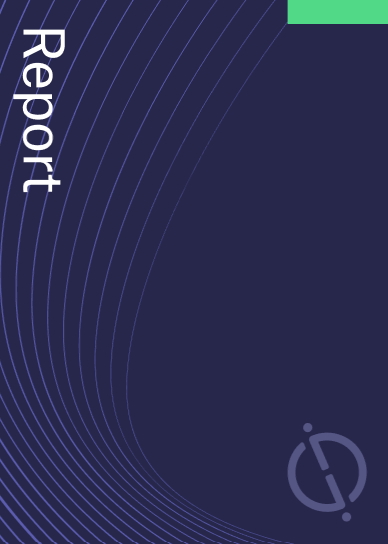The oil and gas industry continues to be a hotbed of patent innovation. Activity is driven by the need for more efficient production, safety improvements and long-term sustainability. The industry is pursuing a clean energy transition, alongside which there has been a growing interest in technologies such as green hydrogen, fuel cells, and carbon capture and storage (CCS). In the last three years alone, there have been over 523,000 patents filed and granted in the oil and gas industry, according to GlobalData’s report on Energy storage in oil & gas: pressurized cryogenic gas storage. Buy the report here.
According to GlobalData’s Technology Foresights, which uses over 196,000 patents to analyze innovation intensity for the oil & gas industry, there are 60+ innovation areas that will shape the future of the industry.
Pressurized cryogenic gas storage is a key innovation area in energy storage
Cryogenic tanks/storages are specially designed enclosures to store gaseous material at low temperatures. Pressurized cryogenic gas storages are especially useful when large quantities of gas need to be stored in liquid form. These gases may include liquid oxygen, liquid nitrogen, LNG, LPG, and liquid hydrogen, among others. Cryogenic storage offers efficient use of space and improves the cost of transporting gases.
GlobalData’s analysis also uncovers the companies at the forefront of each innovation area and assesses the potential reach and impact of their patenting activity across different applications and geographies. According to GlobalData, there are 50+ companies, spanning technology vendors, established oil & gas companies, and up-and-coming start-ups engaged in the development and application of pressurized cryogenic gas storage.
Key players in pressurized cryogenic gas storage – a disruptive innovation in the oil & gas industry
‘Application diversity’ measures the number of applications identified for each patent. It broadly splits companies into either ‘niche’ or ‘diversified’ innovators.
‘Geographic reach’ refers to the number of countries each patent is registered in. It reflects the breadth of geographic application intended, ranging from ‘global’ to ‘local’.
Patent volumes related to pressurized cryogenic gas storage
Source: GlobalData Patent Analytics
The leaders in patent filling for pressurized cryogenic gas storage include Korea Development Bank, Hyundai Heavy Industries, Samsung Heavy Industries, and Engie. Other notable patent filers include Linde, Kobe Steel, and Air Liquide.
Hyundai Heavy Industries is the world’s largest shipbuilding company. It undertakes the building of different types of vessels, including LNG carriers that have cryogenic tanks onboard for transporting natural gas in liquid form. It has collaborated with oil and gas companies and technology vendors to develop and implement cryogenic storage technology on these carriers.
Samsung Heavy Industries is another leading shipbuilding company specialized in the construction of LNG carriers.
Air Liquide supplies industrial gases and services to energy companies. It has developed cryogenic technology that can be used for storage of hydrogen, helium, and nitrogen gases.
To further understand the key themes and technologies disrupting the oil & gas industry, access GlobalData’s latest thematic research report on Oil & Gas.
Data Insights
From

The gold standard of business intelligence.
Blending expert knowledge with cutting-edge technology, GlobalData’s unrivalled proprietary data will enable you to decode what’s happening in your market. You can make better informed decisions and gain a future-proof advantage over your competitors.







